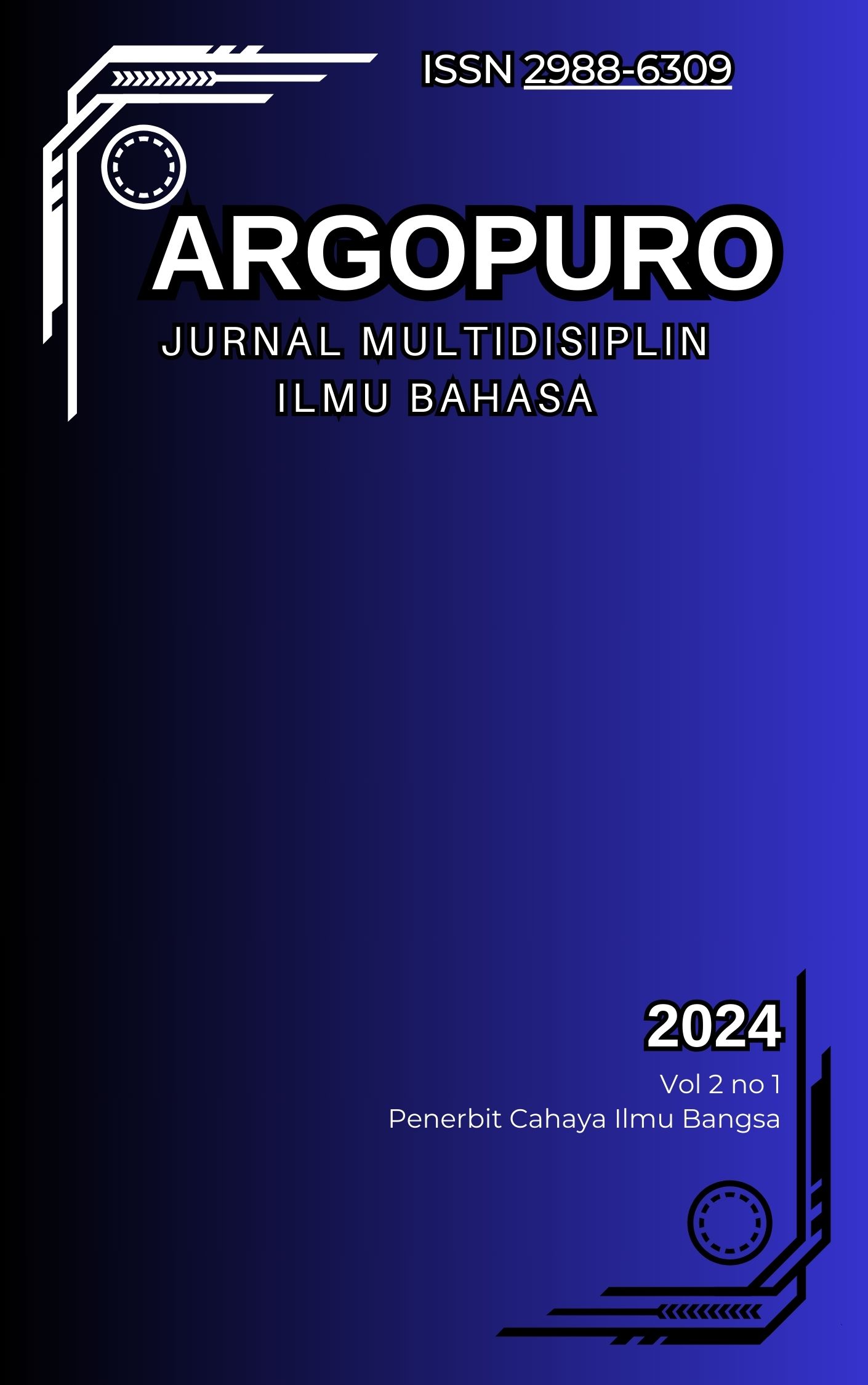AN ANALYSIS OF FIGURATIVE LANGUAGES IN “BRIDGERTON” SEASON 1 DRAMA SERIES: SEMANTIC STUDY
Main Article Content
Abstract
People today use figurative language to express their feelings with a different meaning behind it. People usually hide the true meaning of their utterances rather than expressing the true meaning directly to satirize someone or other purposes. The purpose of this study is to classify the types of figurative language and explain the meaning of figurative language contained in the drama series Bridgerton 1 by using Leech's theory. The descriptive qualitative method is used to analyze the figurative language contained in 38 data found in the utterances of the Bridgerton season 1 drama series. Of the 38 data found, then classified into several types of figurative language and types of meaning, the data contains 77 figurative languages consisting of 16 irony, 22 hyperbole, 29 metaphor, 2 metonimia, 2 litotes, 4 simile, and 2 personifications. In addition, there are 539 meanings contained in the figurative language from 77 conceptual meanings, 77 connotative meanings, 77 social meanings, 77 affective meanings, 77 reflective meanings, 77 colloquial meanings, and 77 thematic meanings. The most dominant figurative language in the Bridgerton 1 drama series is metaphor which is widely used to show threatening words, beauty standards, and social class differences. The findings suggest that the use of metaphors in this drama series has an important role to portray layers of emotions, themes, and characters in a more dramatic and meaningful way, thus giving depth to the story being told. And every utterance produced in human communication basically contains the seven types of meaning according to Leech. In other words, every utterance is always born in a certain social, cultural, and psychological context, so that all layers of meaning together form a complete understanding for speakers and listeners.
Keywords: Figurative Language, Meaning, Drama Series, Geoffrey Leech.
